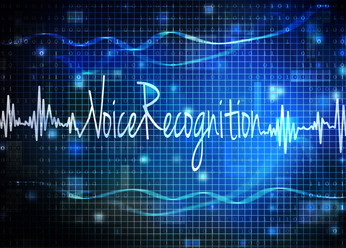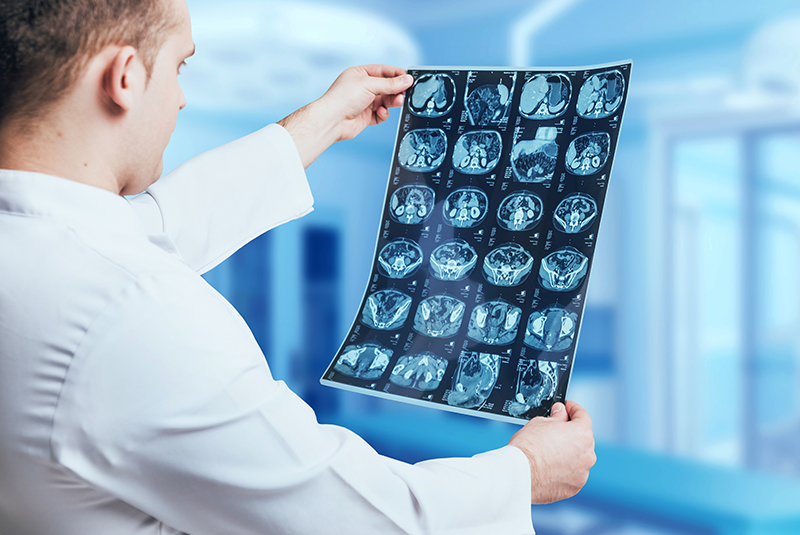Speech recognition technology has made radiology transcription more efficient overall. Radiologists saw a large decrease in reporting time as voice recognition software became more widely used. The software’s capacity to convert spoken words into text made it possible for radiologists to produce reports more quickly, which eventually enhanced patient care. Radiologists are responsible for documenting results and their interpretations; however, a machine can transcribe voice memos and forward them to radiologists for review, editing, and signature. This time-saving feature helps radiologists concentrate on other important duties by increasing productivity. The transcription process is now more efficient thanks to speech recognition technologies, although the accuracy guarantee has not altered significantly on its own.
Table of Contents

Improving Speed and Efficiency with Speech Recognition Software
Voice recognition software’s capacity to speed up the reporting process is one of its main benefits. It is no longer necessary for radiologists to waste time typing or transcribing notes. Alternatively, radiologists can dictate their results straight into the program, which will translate speech to text on its own. Faster report generation is made possible by this optimized procedure, guaranteeing prompt and effective patient care. Picture a crowded radiology department where several patients are awaiting report time. Radiologists can now quickly dictate their findings by using voice recognition software, which eliminates the need for manual data entry. Radiologists may now concentrate more on evaluating and interpreting medical pictures since the program effectively translates speech to text, which will ultimately improve patient outcomes.
Moreover, voice recognition software provides a hands-free reporting method. Instead of switching between jobs, radiologists can review photos and simply express their observations and diagnosis. The smooth incorporation of voice recognition technology into radiology workflow improves productivity and makes radiologists’ jobs more pleasant and productive.
Ensure Consistency in Radiology Reporting
In radiology, reporting consistency is crucial because it enables precise picture comparison and promotes efficient communication between medical professionals. Software for voice recognition is essential to maintain this uniformity. Through customizable templates and glossaries, the software standardizes terminology used in reports, promoting uniformity among various radiologists and institutions. This optimizes patient care in addition to raising the reporting standard generally. By using standardized templates, radiologists can minimize the likelihood of missing important facts by making sure that all necessary information is included in the report. Moreover, structured reporting can be integrated with voice recognition software, allowing radiologists to record their results in a predetermined format. This standardized method makes reports easier to read while also making data analysis and research easier. Reports contain data that is easily extracted and analyzed by researchers, resulting in insightful discoveries and breakthroughs in the field of radiology. To sum up, voice recognition software has significantly improved radiology report accuracy. This technology has raised the standard of radiology practice generally and improved patient care by lowering transcribing errors and guaranteeing uniformity in reporting. Voice recognition software is expected to become progressively more important in the industry as technology develops, completely changing how radiologists record and present their findings.
Challenges of Speech Recognition software
The existence of technological problems is one of the biggest obstacles radiologists face while employing speech recognition software. Software for voice recognition is not perfect, just like any other technology. Technical problems could arise and momentarily halt the reporting process. These concerns can be related to program crashes, compatibility issues, or other technological hiccups. For instance, there may be times when the software wrongly transcribes the radiologist’s dictation, which causes mistakes to appear in the finished report. Radiologists may have to spend more time revising and confirming the transcriptions, which can lead to delays and dissatisfaction.
Another limitation is that the software’s overall performance may suffer if it has trouble correctly identifying some accents or dialects. For example, a radiologist with a strong accent may discover that the program frequently misunderstands their dictation, which results in inaccurate transcriptions. To guarantee continuous workflow, radiologists and other healthcare professionals must be aware of these restrictions and have backup plans ready. This could entail keeping backup reporting techniques on hand, including typing reports by hand.
To understand more about drafting a good Radiology Report, read our blog post: Features of a Good Radiology Report
Need for Outsourcing Transcription Still Remains
Speech recognition software has transformed medical transcription. Transcribers can now perform as editors since they would not need to take more effort for ensuring accuracy in the transcription. This has particularly been felt in radiology. Though the technology has led to radiologists themselves editing their dictation, there is still a major role played by transcription. This involves not only transcription from dictation but also back-end speech recognition where transcribers perform the task of editing. It still makes sense to outsource radiology transcription with speech recognition, particularly since the need is not only to reduce burden for healthcare staff, but also reduce costs. Some form of outsourcing is still needed to attain these goals, particularly for larger practices.
When outsourcing, the agreement must be clear on all aspects including quality, security and turnaround time. Radiology files usually require a turnaround time ranging from two to four hours. And, an accuracy score of 98% is an absolute necessity.


